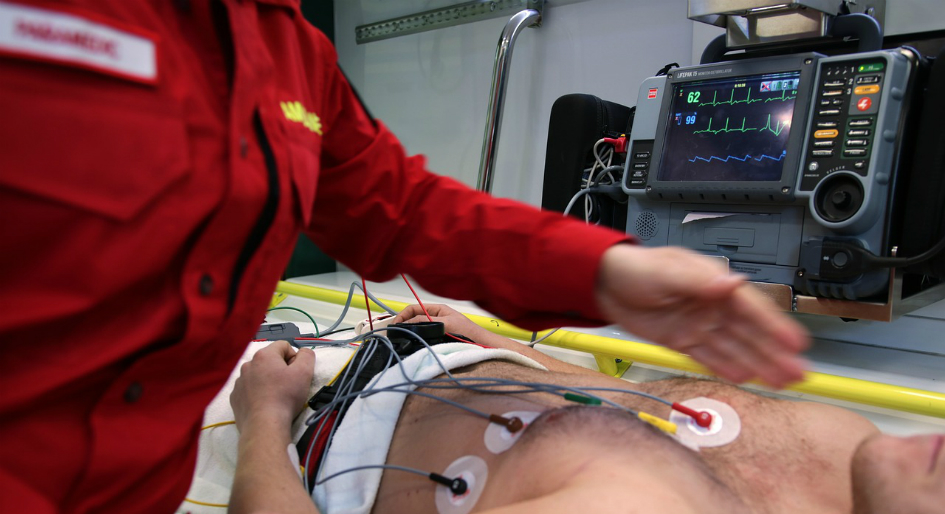Compliance with hand hygiene in emergency medical services seems to be “remarkably low,” according to an observational study of ambulance staff practice published in Emergency Medicine Journal.
The study finds that compliance with basic hygiene standards – such as keeping short, clean nails (83 per cent); hair short or tied back (99 per cent), and no jewellery worn (62 per cent) – is high. However, in all 1344 hand hygiene triggers recorded during this period, compliance with hand hygiene was “poor”. The researchers also suggest over-reliance on the use of gloves indicates that these staff may be more aware of their own infection risk rather than that of their patients.
Compliance with World Health Organization (WHO) guidelines on the five triggers for hand hygiene using either antiseptic rub or soap and water was assessed. These triggers were: (1) before touching the patient; (2) before any ‘clean’ procedure, such as an injection or cleaning a wound; (3) after contact with bodily fluids/wounds; (4) after touching the patient; and (5) after handling the patient’s belongings or anything in the immediate vicinity, such as the stretcher harness.
When broken down separately by triggers, compliance was just three per cent before touching a patient and two per cent before any ‘clean’ procedure. This rose to eight per cent after contact with bodily fluids, 29 per cent after touching the patient, and to 38 per cent after touching belongings, etc.
Paramedics used gloves in just over half (54 per cent) of the recommended instances, with new gloves worn before touching patients around half the time (48 per cent), but in only 14 per cent of ‘clean’ procedures. There was a tendency to wear the same pair of gloves throughout different indications-for example, after touching a contaminated site and touching the patient for the first time (21 per cent) or before a ‘clean’ procedure (64 per cent).
Gloves were also worn when there was no obvious need-no risk of bodily fluids, for example. And hand hygiene was less likely when gloves were worn. Proper hand hygiene was observed in two per cent of such instances, and in nearly a third of the indications (30 per cent) when no gloves were worn, suggesting an over-reliance on gloves to ward off the risk of infection, say the researchers.
Compliance rate varied substantially among the four countries, with paramedics in Denmark topping the league table.
The researchers wanted to assess how well paramedics in different countries complied with recommended hand and basic hygiene standards, including the use of gloves, to protect themselves and their patients from the risk of infection. Despite concerted efforts to tackle the prevalence of healthcare-associated infections (HAI), the risk remains high, affecting up to one in 10 patients in developed countries.
The study was conducted in Finland, Sweden, Denmark and Australia. Overall, 240 hours of observation occurred between December 2016 and May 2017 during which time 77 paramedics dealt with 87 patients.








